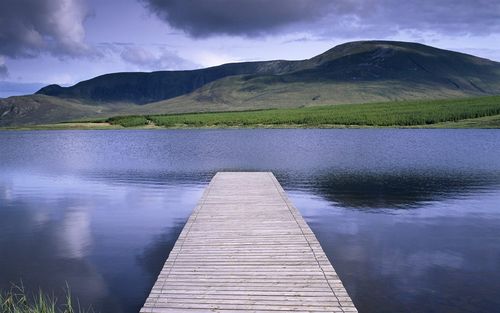Exploring the Dynamic Relationships Among Organisms in Nature
The natural world is a constantly shifting web of interconnecting relationships, with every organism depending on others for survival. Understanding these complex connections is crucial for conservation efforts and creating sustainable ecosystems. In this article, we’ll take a closer look at the various relationships that exist among organisms in nature.
Predator-Prey Relationships
Perhaps the most well-known relationship in nature is the predator-prey dynamic. These relationships serve as a natural way to control populations and maintain balance in ecosystems. Predators, such as lions and wolves, hunt and feed on prey animals, like gazelles and rabbits. In turn, prey species have evolved strategies to evade predators, such as camouflage and speed. This delicate balance ensures that both populations remain in check.
Competition for Resources
Competition for resources is another relationship that shapes ecosystems. Organisms compete for food, water, and space. For example, in the African savanna, giraffes and elephants feed on the same trees. Giraffes have evolved long necks to reach the leaves, while elephants use their size and strength to push over trees and access the foliage. Competition for resources can have a significant impact on the populations of organisms and can determine which species survive and thrive.
Mutualism
Mutualism is a relationship in which both organisms benefit. One example of mutualism is the relationship between bees and flowers. Bees collect nectar from flowers, and in the process, they transfer pollen, which fertilizes the plants. This benefits both bees, who get food, and plants, who get pollinated and can reproduce.
Parasitism
Parasitism is a relationship in which one organism benefits at the expense of the other. Parasites, such as ticks and fleas, feed on the blood of their hosts, causing harm and discomfort. In some cases, parasites can transmit diseases that can be fatal to their hosts. It is important to note that not all parasites cause harm to their hosts. Some, like gut bacteria, provide essential functions that aid in digestion and nutrient absorption.
Conclusion
Exploring the dynamic relationships among organisms in nature is essential for understanding the complex web of life. The predator-prey dynamic, competition for resources, mutualism, and parasitism are just a few of the many relationships that exist in nature. Conservation efforts and creating sustainable ecosystems rely on understanding the relationships that shape our world. By studying the natural world, we can gain insight into our own lives and how we can work towards a more sustainable future.
(Note: Do you have knowledge or insights to share? Unlock new opportunities and expand your reach by joining our authors team. Click Registration to join us and share your expertise with our readers.)
Speech tips:
Please note that any statements involving politics will not be approved.
